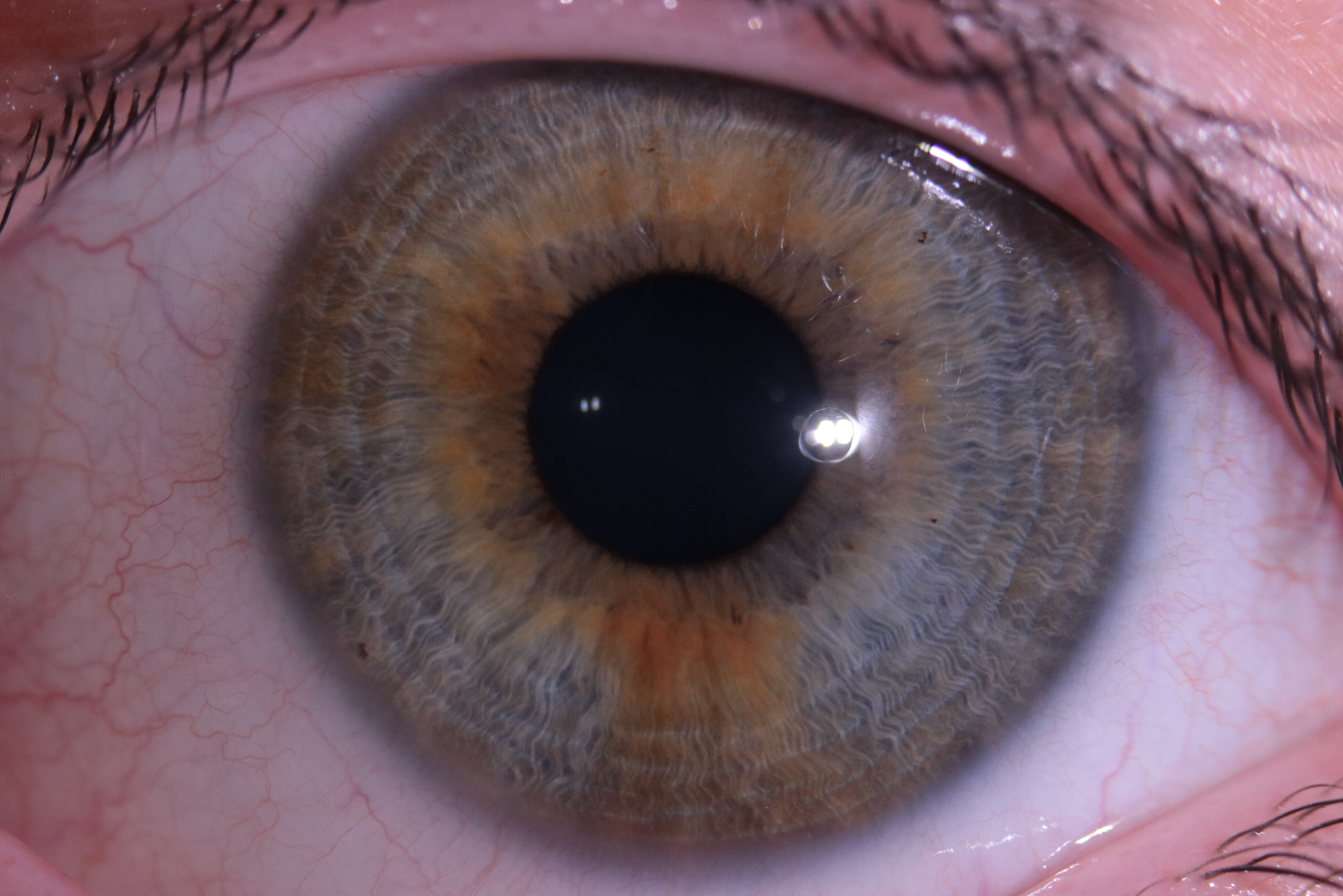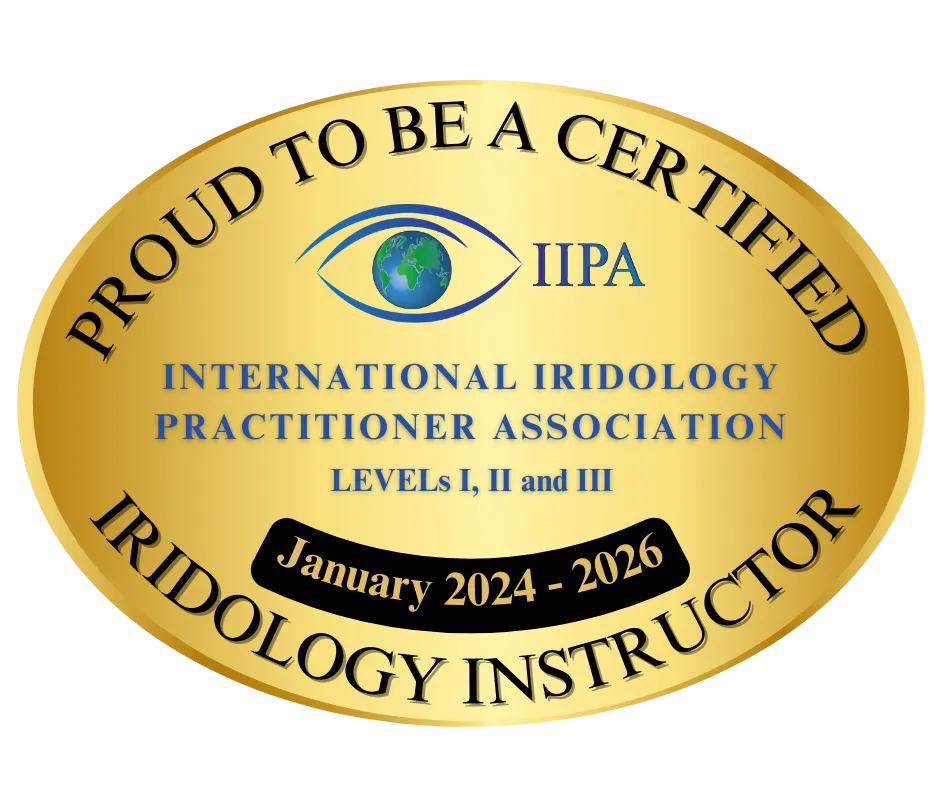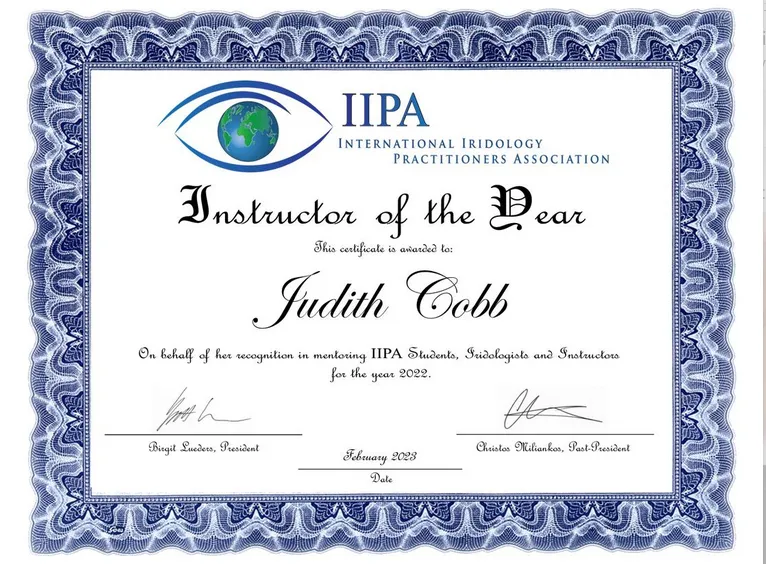Assessment System & Advanced Courses for Health Professionals

Stress, Anxiety, Depression, ADD/ADHD
Constitutional iridology offers a holistic assessment tool—distinct from diagnosis—that reveals inherited constitutional strengths and vulnerabilities through the iris’s fiber structure, pigments, and markings.
Unlike diagnostic labels, the iris serves as a roadmap to ask the right questions, helping practitioners tailor interventions to each individual.
One of the most telling signs in the iris includes contraction furrows, also referred to in this context as nerve rings or stress rings. These marks often correlate with how a person internalizes stress, anxiety, depression, or hyperactivity (ADD/ADHD).
Observing these patterns can guide professionals toward addressing emotional and physiological stress responses—long before symptoms escalate into well-defined diagnoses.
Iridology doesn’t name conditions—but it does spotlight inherent tendencies toward chemical imbalances (like B-vitamin depletion from chronic stress) or organ inefficiencies (e.g., pancreas or liver), which may underlie focus issues, mood instability, or fatigue.
When assessed alongside lifestyle factors like diet, sleep, and stress load, practitioners gain valuable insight into a client’s pressing needs and future risk areas.
Through Dynamic Iridology, practitioners use iris markings along with symptoms and family health history to guide questions, uncover patterns, and set priorities for interventions.
For someone grappling with ADHD-like symptoms, stress, or depression this might highlight where nutritional support, stress-management strategies, or lifestyle adjustments can have the biggest impact. In essence, constitutional iridology functions as a gentle, non-invasive compass—not to diagnose, but to illuminate predispositions and inform compassionate, personalized wellness plans. It empowers practitioners to see beyond symptoms, guiding both client and coach on the path toward sustained balance and resilience.




© 2024 and beyond, Iridology Education. All rights reserved.
Reach us by email: [email protected]
Reach us by phone: 1-403-850-5503

